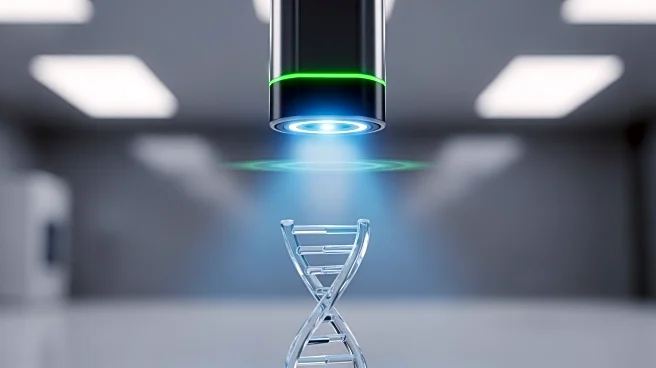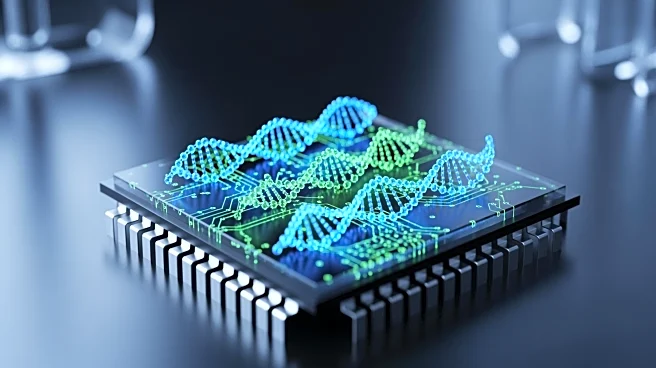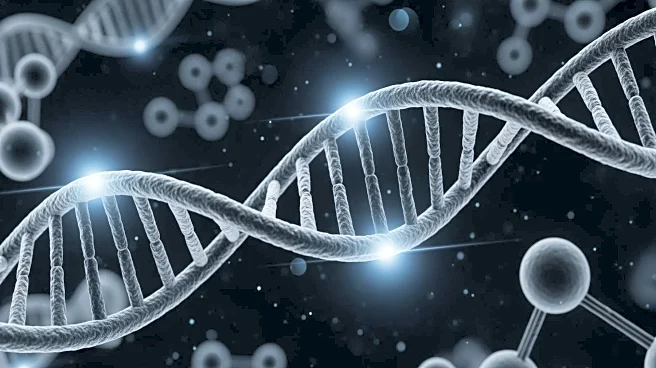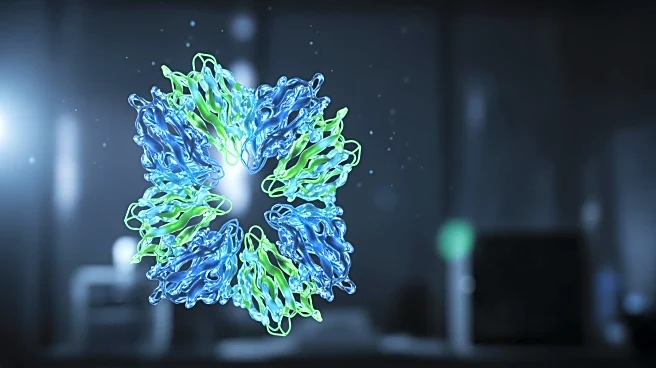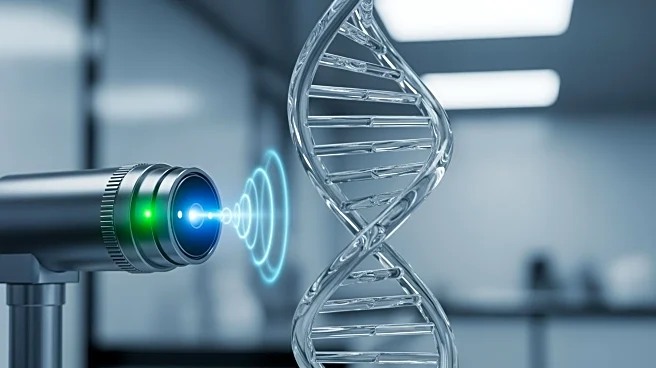What's Happening?
Researchers at Utrecht University have developed a fluorescent sensor that allows scientists to observe DNA damage and repair in real-time within living cells. This advancement, detailed in Nature Communications,
provides a continuous view of DNA repair processes, which were previously only observable through isolated snapshots. The sensor uses a fluorescent tag attached to a protein domain that recognizes markers on damaged DNA, enabling researchers to track the entire repair sequence as a continuous movie. This tool is expected to improve medical research, particularly in cancer therapy development, by providing more accurate and cost-effective assessments of DNA damage.
Why It's Important?
The ability to observe DNA repair in real-time has significant implications for medical research, particularly in the development of cancer therapies. Many cancer treatments work by inducing DNA damage in tumor cells, and precise measurement of this damage is crucial for drug development. The new sensor offers a more accurate and efficient method for assessing DNA damage, potentially reducing costs and improving the speed of research. Additionally, the sensor's application in living organisms, such as the model organism C. elegans, demonstrates its versatility and potential for broader use in clinical settings, including studies on aging and exposure to mutagenic factors.
